

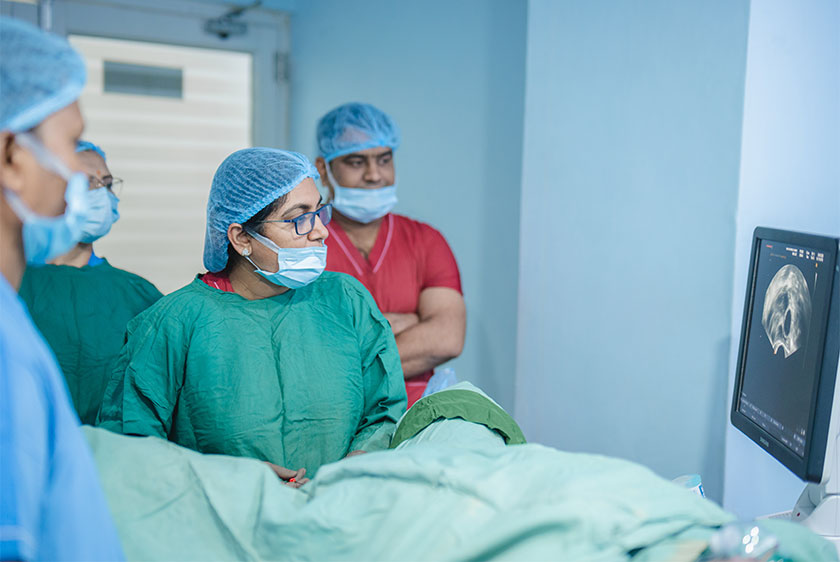
In Vitro Fertilisation (IVF) is a form of assisted reproductive technology (ART) that involves the process of fertilising an egg with the sperm outside a woman's body under a clinically supervised lab setting. The objective is to create an embryo and then transfer it to the woman's uterus so that pregnancy can be achieved. Thus, IVF is proving to be revolutionary based on its ability to make conception possible in couples with infertility issues. According to the World Health Organisation, 1 out of 6 people are affected by infertility globally, which explains the significance of IVF.
However, IVF needs high-level expert intervention and knowledge, which makes it mandatory to consult the best IVF clinic near you. By seeking consultation from the best clinics, you can be assured about accurate diagnosis and evaluation on the first hand, so that the relevance of IVF as per individual health conditions can be determined.
Here are the most common conditions that make a person suitable for IVF:
This is a condition in women where sperm cannot reach eggs, or the eggs cannot reach the uterus after fertilisation. Thus, the IVF process proves to be a feasible solution in such a situation because it allows fertilisation of eggs and creation of an embryo outside the woman's body by bypassing the fallopian tubes' requirements.
This is a condition in women where tissue that is similar to the uterine lining grows outside the uterus. This tissue can create issues in the reproductive organs by causing inflammation or scars. The chances of infertility also increase if a woman is suffering from endometriosis. Thus, an IVF specialist near you can suggest IVF if treatments related to endometriosis are unsuccessful.
Women aged 35 years and above are considered to have advanced maternal age. At this stage, egg quality and quantity decline, making conception difficult and increasing miscarriage risk. Therefore, IVF may be suggested to retrieve better-quality eggs and create healthy embryos.
If a male is experiencing low sperm count, abnormal sperm shape (morphology), and poor sperm movement (motility), then IVF might be suggested by a trusted fertility doctor. This is because all these conditions are directly linked to severe male infertility, which hampers the ability of a man to impregnate a woman.
It is a well-known fact that parents can pass genetic disorders or chromosomal abnormalities to their child. Thus, IVF can be suggested for parents who are at risk of passing genetic or chromosomal abnormalities because it allows room for (PGT) of the embryos before transfer. Therefore, a reliable IVF doctor can choose the embryo without genetic disorders for transfer to the uterus.
There are instances where the reason for infertility cannot be determined even after several attempts or treatments for fertility. During such a situation, IVF might be recommended to the couple to increase the chances of conception because it involves fertilisation and embryo creation outside the body and in a well-equipped laboratory setting.
Here are the step-by-step processes of IVF:

This is the first step, where a couple visits a trusted IVF clinic like New Life Fertility Clinic to consult regarding their infertility issues. After that, a detailed evaluation is done by using clinical expertise and advanced reproductive technologies to identify the root causes of infertility in either or both partners through blood tests and ultrasounds.
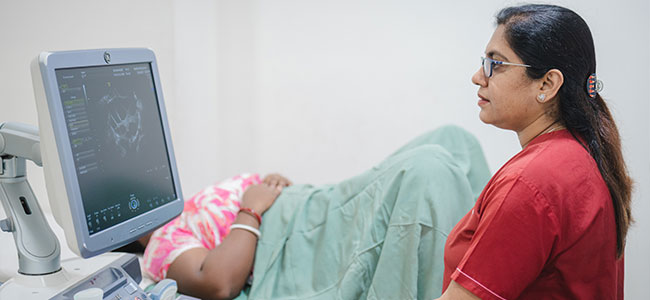
After evaluating if it is confirmed that IVF will be required for carrying a successful pregnancy, then hormonal injections are given to the woman, such as LH and FSH, so that the ovaries can produce multiple eggs. A final hormonal injection (hCG) is administered 36 hours before the egg retrieval so that the speed of egg maturation increases.
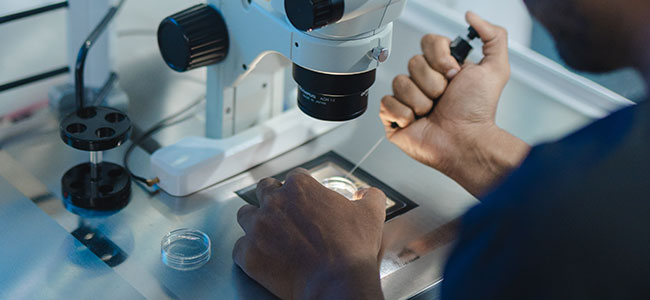
Anaesthesia is done before the retrieval. The process of egg retrieval includes guiding a thin needle using ultrasound to aspirate fluids from the ovarian follicles. During this stage, the eggs are in fluid form, and an embryologist finds the eggs in the fluid in an IVF laboratory. On the same day, sperm of the male partner is also collected.

In this step, the retrieved eggs are fertilised by using sperm on a glass dish under clinical supervision. Since this process is done outside the woman's body, factors causing infertility can be avoided.
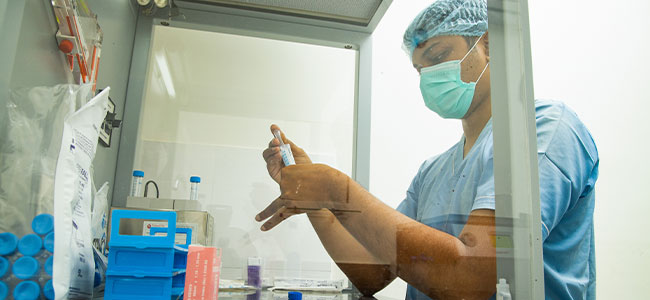
This step continues for 5-7 days, where the fertilised eggs have turned into embryos. The embryos are grown in incubators for 5- 7 days so that they can achieve the blastocyst stage. Once the embryos reach the blastocyst stage, they are analysed for quality using a grading system. This allows the embryologist to select the best quality embryo for transfer.
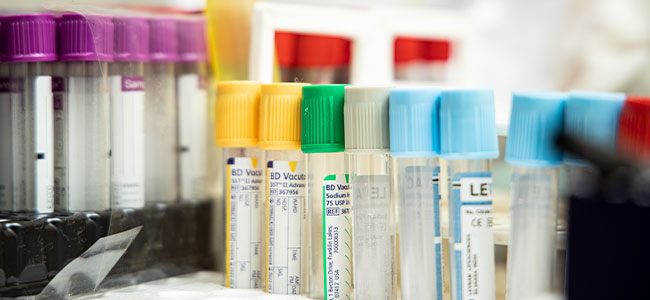
This is the penultimate step where an IVF specialist places the chosen best quality embryo into the uterus of the intended mother. A thin and flexible catheter is used for placing the uterus properly and safely. After a successful transfer, a waiting period of 14 days is generally suggested before the final step.
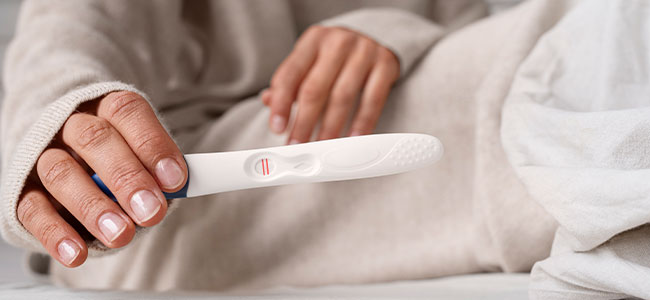
This is the final step, where a blood test (beta-hCG) is done after the completion of the waiting period. This test is performed for a pregnancy check, and the accuracy of using the beta-hCG method is high.